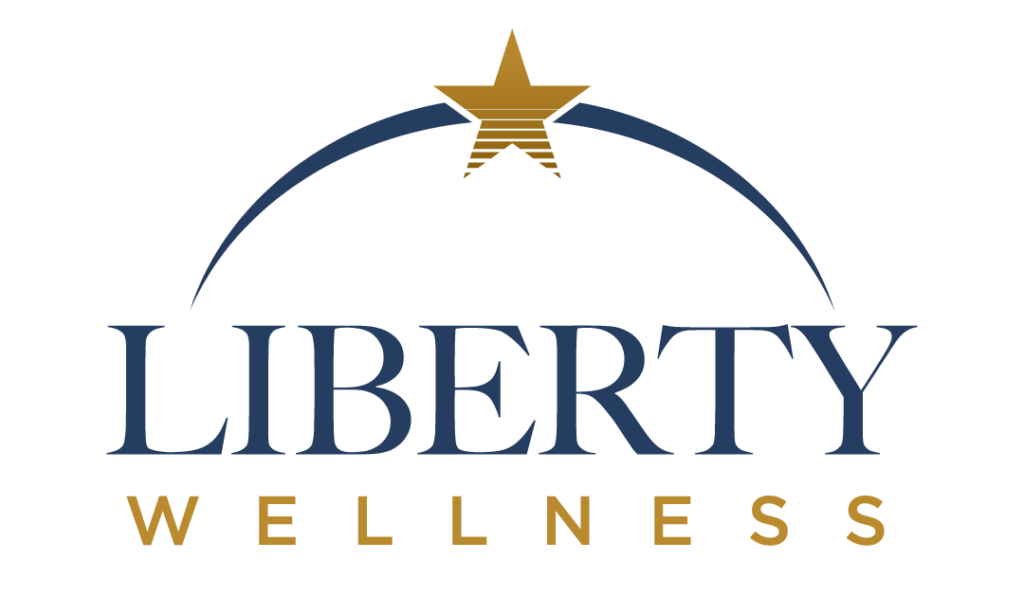The American Psychological Association (APA) defines codependency, in part, as “the state of being mutually reliant” and “a dysfunctional relationship pattern in which an individual is psychologically dependent on (or controlled by) a person who has a pathological condition (e.g., alcohol, gambling).
Codependency in a relationship is when each person involved is mentally, emotionally, physically, or spiritually reliant on the other. A codependent relationship can exist between romantic partners as well as family members and friends.
How to recognize that you or someone you know is codependent
- People Pleasing: It’s normal to want people to like you, and we all want our loved ones to be happy, but there’s a difference between these normal tendencies and having to please people all the time. People pleasers often feel they have no choice but to keep others happy. They don’t like to say no, even when pleasing others substantially interferes with their own wants and needs.
- Lack of Boundaries: People in both roles in a codependent relationship tend to have problems recognizing, respecting, and reinforcing boundaries. Having boundaries simply means respecting the other person’s right to their feelings and autonomy. It also means recognizing that you aren’t responsible for the other person’s happiness. People in codependent relationships tend to have a problem where one person doesn’t recognize boundaries and the other person doesn’t insist on boundaries. Thus, one person is controlling and manipulative, and the other person is compliant and fails to assert their own will. Setting and maintaining boundaries is one of the most critical skills families have to learn in family therapy.
- Poor Self-Esteem: Typically, neither person in a codependent relationship has very good self-esteem. One person needs the approval of the other or at least needs to be of service to the other to have a sense of purpose. The other person has low self-esteem due to having to depend on someone else to meet material needs and needing validation from that person. The dependent person is often controlling out of a basic sense of insecurity that the other person might leave.
- Caretaking: A major sign of codependency is when you feel like you have to take care of everyone all the time. This typically comes from childhood, when the caretaker learns there may be terrible consequences from failing to take care of a parent’s needs. As a result, she may feel compelled to take care of others, especially a partner, not so much out of affection but from the fear that something terrible will happen if she doesn’t. Most people can get by reasonably well on their own, and feeling like things will go wrong if you don’t take care of them is often a sign of codependency.
- Reactivity: When your identity is based on pleasing others, and you feel responsible for everyone’s wellbeing, you might find yourself reacting to situations rather than acting out of your own volition. You might find yourself being defensive or easily internalizing criticism. This results in losing touch with your own wants and needs, which makes it harder to be proactive. It is also partly a result of your inability to set boundaries so that you feel responsible for someone else’s feelings.
- Poor Communication: A codependent mindset makes it hard to communicate effectively. The caregiver is often unaware of her own wants and needs, and when she is aware of them, she may be reluctant to express them. She may feel like caring for the other person is the most important thing, or she may fear upsetting the other person by asserting herself. The dependent person may be in the habit of communicating dishonestly, more interested in maintaining control than in actually communicating. Communication is another crucial skill to learn in family therapy. Both people have to learn to communicate honestly and effectively.
- Lack of Self-Image: The caregiver may have low self-esteem, or she may not have much of a self-image at all. Often, the caregiver defines herself mainly in relation to the other person and may have no idea who she is without having that role to play. This is why the caregiver is also dependent, even though she is the one taking care of practical matters and could probably get along just fine without the other person.
- Dependency: Of course, dependency plays a major role in codependency. Each person needs the other for something. One person needs her material needs to be met because addiction or other issues have impeded her autonomy. The other person needs validation and a sense of purpose from caring for someone. In a way, it’s a tradeoff, but it also limits both people involved.
- Relationship Stress: As you might expect, any of these factors can put a lot of stress on a relationship. You’re bound to have problems when you can’t communicate or respect boundaries. The caretaker often feels a lot of stress about doing everything right, while the dependent person often feels insecure about being abandoned by the caretaker. Both are afraid to be alone, but neither is particularly happy. There may not be many fights since one partner is typically committed to keeping the other happy, but both are likely to feel stressed nonetheless.
Why Codependency Is Unhealthy
The inherent issue with codependency is that the giver loses their true sense of self since they pour so much into the taker. Even if the giver doesn’t feel this way immediately—they likely enjoy giving their love and being relied upon—it can develop to unhealthy degrees as the relationship progresses.
Another issue with codependency is that it becomes difficult for the giver to remove themselves from the relationship since they might feel the other person relies on them so much, even if they know in their gut it is the right thing to do. Conversely, the taker will feel so reliant on the giver that they can also have difficulty leaving a toxic relationship.
How to Overcome Codependency
The first step in overcoming codependent tendencies is to focus on self-awareness. Once you’re on that journey, try your best to do the following:
- Become the president of your own fan club. Learn to speak lovingly and positively to yourself and resist the impulse to self-criticize.
- Take small steps toward some separation in the relationship. Focus on figuring out the things that make you who you are, then expand upon them.
- Actively turn your attention inward when tempted to think or worry about someone else.
- Stand up for yourself. By working on building your self-esteem, you’ll find more strength in yourself.
- Don’t be afraid to say “no” to someone when you don’t really want to do something.
- Consider trying a support group or group psychotherapy if one-on-one therapy doesn’t appeal to you.
Liberty Wellness Can Help You Overcome Toxic Codependency
Liberty Wellness is a dual diagnosis treatment center in New Jersey, providing addiction treatment and outpatient therapy services for those in need. If you are seeking therapy for codependency, contact us today.




